The highest praise for a cup of tea lies in its sweet aftertaste and the transformation from bitterness to sweetness. But what exactly is this aftertaste? And which components create such a delightful sensation? Let’s unravel the secrets behind tea’s sweet aftertaste.
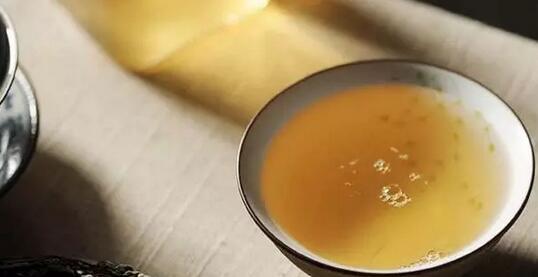
What is Sweet Aftertaste?
Bitterness is the original taste of tea, as ancient people referred to tea as "bitter tea." However, human taste buds naturally seek sweetness for pleasure. So why has tea, known for its bitterness, been celebrated as a national drink for centuries? The answer lies in its sweet aftertaste.
Sweet aftertaste, as the name suggests, is the unique flavor formed by the initial bitterness and the subsequent sweetness that returns to the throat. When tea enters the mouth, it offers a delicate balance of sweetness and mild bitterness, lingering on the palate. Over time, the sweetness gradually overtakes the bitterness, ending on a sweet note. This contrast creates a magical impact on the taste buds.
Sweet aftertaste is also a crucial criterion for judging high-quality tea. The stronger and more persistent the aftertaste, the better the tea is considered. Compared to an immediately apparent sweetness, this "bitterness turning into sweetness" transformation is more dramatic, adding depth and sophistication to the tea.
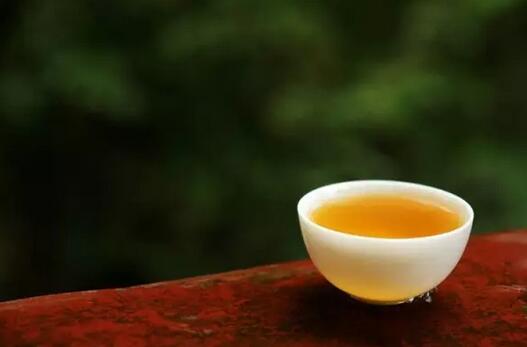
Why Does Tea Have a Sweet Aftertaste?
What makes the sweet aftertaste of tea so enchanting and long-lasting? There are two main theories.

The Astringency Transformation Theory:
Professor Wang Yuefei, Deputy Director of the Tea Science Department at Zhejiang University, supports this theory in his book Tea Culture and Tea Health:
"Tea leaves contain polyphenols, which can bind with proteins to form an impermeable film in the mouth, causing astringency as the oral muscles contract. This is why tea initially tastes bitter. If the polyphenol content is just right, forming a thin film of one or two molecular layers, the astringency fades as the film breaks, and the muscles relax, transforming into a sweet aftertaste."
In short, the interaction between polyphenols and proteins converts bitterness into sweetness.
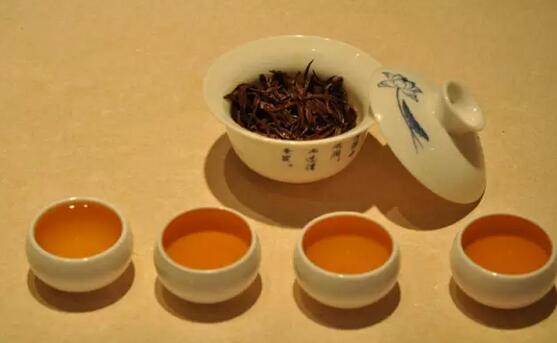
The Contrast Effect Theory:
This theory is championed by McBurney and Bartoshuk, who stated in their 1979 paper, "Interrelationships Between Different Taste Qualities and Stimuli":
"Sweetness and bitterness are relative concepts. After tasting sweet substances like sucrose, water may seem bitter, while after tasting bitter substances like caffeine or quinine, water may taste sweet. This phenomenon is a contrast effect."
In other words, the sweet aftertaste is an oral illusion caused by the contrast with bitterness.
The mechanism behind sweet aftertaste remains debated in academia. However, it is this mystery and complexity—the multi-layered sensory experience—that makes tea so captivating.
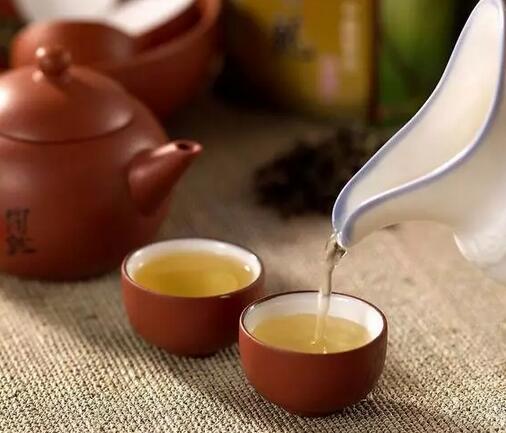
Which Compounds Contribute to Sweet Aftertaste?
What specific compounds in tea create this aftertaste? The explanation can be either highly scientific or simplified into an equation:
36 + 4 + 4 + 3 + 3.5 = A Refreshing Sweet Aftertaste
36%
Polyphenols
Polyphenols account for 18%–36% of fresh tea leaves, contributing to bitterness and astringency—hence the saying, "No bitterness, no astringency, no tea." Research shows a strong correlation between polyphenol content and the intensity of sweet aftertaste. Some teas with stronger bitterness even produce a more pronounced aftertaste. Polyphenols bridge these contrasting flavors.
4%
Amino Acids
Amino acids are key to tea’s freshness and smoothness, making up about 1%–4% of its composition. Spring tea, richer in amino acids, offers a more pronounced freshness and longer-lasting sweet aftertaste.
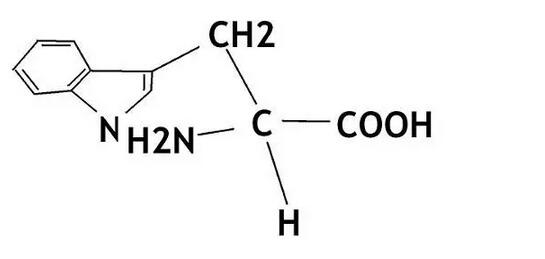
4%
Flavonoids
Flavonoids are not primarily associated with tea’s aftertaste, but they are proven to be the source of bitterness and sweetness in olives. Flavonoids initially taste bitter but later reveal a natural sweetness. The higher the flavonoid content in olives, the stronger the aftertaste. In tea, flavonoids make up 4% of its composition.
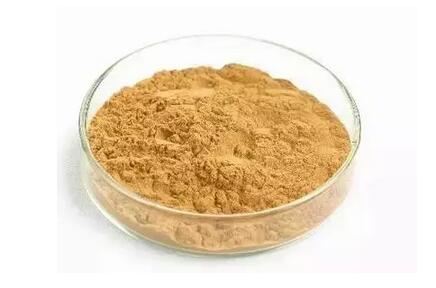
3%
Organic Acids
Organic acids, which are acidic compounds, constitute about 3% of tea. They include malic acid, citric acid, linoleic acid, and others, and their content increases during tea processing. By stimulating saliva secretion, they create a refreshing and sweet aftertaste.
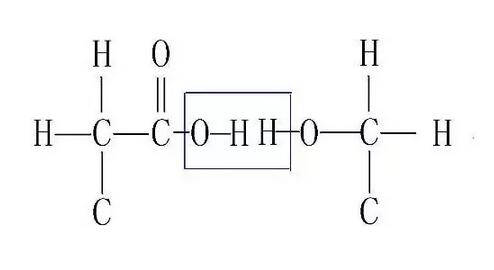
3.5%
Polysaccharides
In green tea, polysaccharides account for 3.5% of its composition. Despite their name, they are not sweet but have a sticky texture that lingers in the mouth. Salivary amylase breaks them down into maltose, and this delayed reaction creates the "bitter first, sweet later" effect.
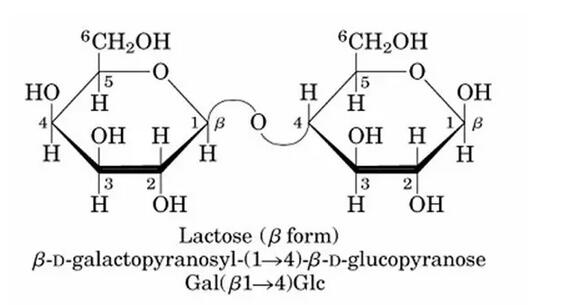
How to Judge Tea Quality by Its Aftertaste?
However, the intensity of sweetness in the aftertaste is not the sole criterion for judging tea quality. For example, lower-quality teas may have a stronger contrast-induced sweetness due to excessive bitterness. Similarly, black tea, rich in the sweet compound thearubigin, delivers sweetness primarily on the tongue rather than as a throat-returning aftertaste.
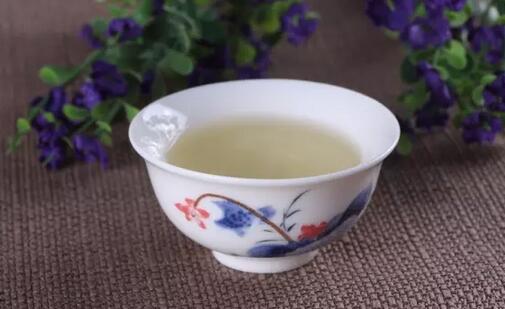
So, how can one better assess the aftertaste of tea? Take a large sip, letting the tea fill your mouth, and observe its astringency and stimulation. After swallowing, if a slow release of saliva accompanies a sweet taste that lingers without fading, the tea has a persistent sweet aftertaste.
Truly excellent tea balances its natural freshness to mask bitterness, then subtly transforms it into a refreshing sweetness that lingers in the throat.